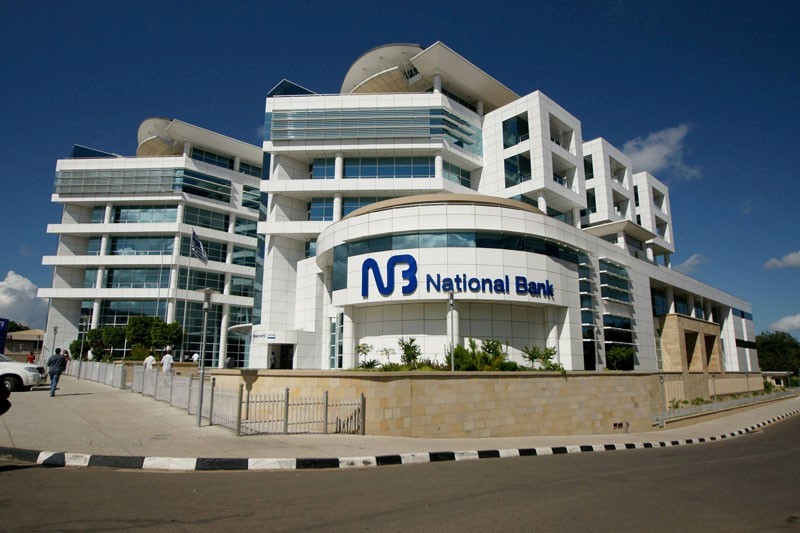Positive outlook pushes down maize prices
Maize prices eased by about 14 percent in February compared to the month before largely due to a positive crop outlook, availability of maize in Admarc markets and scaled-up humanitarian food distribution.
This is good news because maize, the country’s staple grain, is the main driver of inflation—a sustained increase in the general price level of goods and services—which accounts for 50.2 percent in the Consumer Price Index (CPI), a measure of price level of a market basket of consumer goods and services purchased by households.

The Famine Early Warning System Network (Fewsnet) March 2014 report indicates that maize prices fell from an average K147.30 per kilogramme (kg), about K7 360 per 50 kg bag, in January to K126.14 per kg, about K6 300 per 50 kg bag, in February.
Fewsnet has noted that based on information from private traders in the rural areas, the decreases are as a result of factors including continued supply and availability of maize in Admarc markets across the country.
It expects that prices of the staple will further drop as the lean period wanes and farmers start harvesting, adding that between April and June 2014, the majority of poor rural households will have access to adequate food although green harvest has been delayed due to the one-month delayed start of the season.
“Humanitarian assistance led by the Malawi Government in coordination with the World Food Programme [WFP] and local and international non-governmental organisations is ongoing with about two million people across the country until the end of March,” reads the report in part.
But Ministry of Agriculture and Food Security spokesperson Sarah Chowa, in an interview yesterday, said although the crop looks good she cannot give exact figures on this year’s projected production.
“Our officers are currently in the field and we are expecting the reports next week,” she said.
Although the availability of maize in Agricultural Development and Marketing Corporation (Admarc) depots has improved, Fewsnet has noted that the 2013/14 cumulative informal maize imports have more than quadrupled compared to the previous year.
As a result of the fall in maize prices, the February cost of living in Malawi’s four cities—Lilongwe, Zomba, Blantyre and Mzuzu—dropped by 1.5 percent to an average K117 000, according to the Centre for Social Concern (CfSC) Basic Needs Basket (BNB).
On the back of the falling maize prices, Malawi’s February inflation rate dropped by 1.3 percentage points to 24.6 percent on a year-on-year basis, according to National Statistical Office (NSO).
But the Reserve Bank of Malawi (RBM), which has been implementing a tight economic policy to rein in inflation, noted that inflation is expected to continue decelerating as a result of the expected seasonal appreciation of the kwacha and improvements in the food supply situation.





